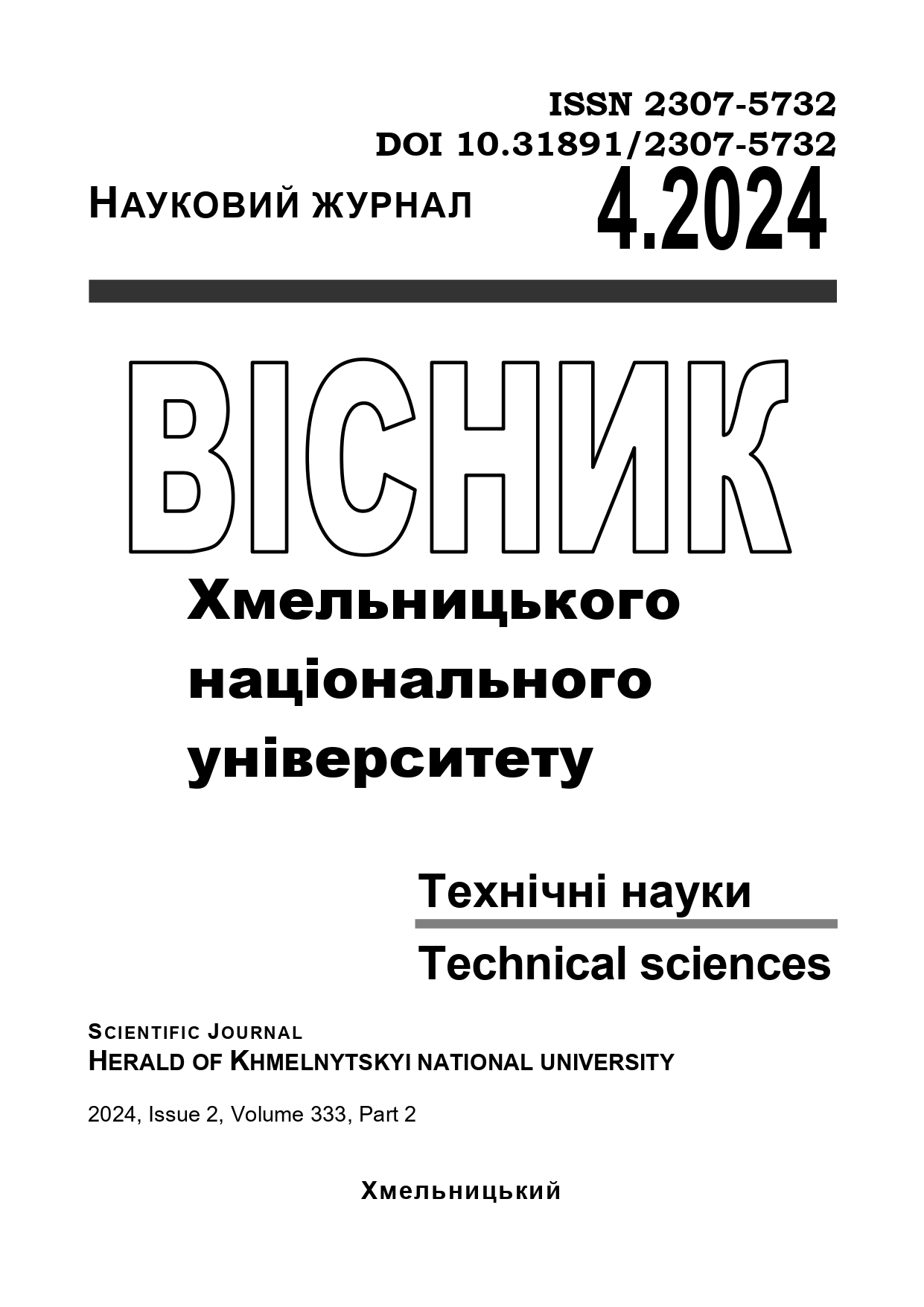СУЧАСНІ ПРОБЛЕМИ ВИКОРИСТАННЯ КОНОПЛЯНОЇ СИРОВИНИ В ЛЕГКІЙ ПРОМИСЛОВОСТІ ТА МОЖЛИВОСТІ ЇХ ВИРІШЕННЯ
DOI:
https://doi.org/10.31891/2307-5732-2024-339-4-21Анотація
В роботі наведено результати статистичних даних посівних площ технічних конопель за 2020-2023 рр. Проаналізовано сучасний стан коноплепереробної промисловості України, визначено основні недоліки та переваги. За даними цього аналізу було побудовано матрицю SWOT-аналізу даної галузі України. Статистично проаналізовано імпортозалежність галузі легкої промисловості від бавовняної сировини. Визначено основні фізико-механічні властивості конопляного котоніну та порівняно їх з властивостями бавовняного волокна. Запропоновано використання конопляного котоніну в текстильній промисловості.
This article analyzes the current state of the hemp processing industry in Ukraine, identifies the main shortcomings and advantages. The main points that affect the reduction of cultivation, processing and production of hemp fiber products are: this is the national economic crisis, price disparity, the breakdown of economic, production and technological links between individual links of the complex, large energy and labor costs for growing hemp, deficit financial resources for the introduction of the latest technologies and the modernization of processing facilities, the loss of traditional sales markets, insufficient conditions for attracting investments, a low level of management at enterprises, insufficient qualifications of personnel, low productivity and difficult working conditions, all this and much more restrained and currently restrains the development of this industry. In order to overcome these shortcomings, the main stimulators for the further development of this industry were identified: the presence of hemp processing enterprises and the construction of new ones, the availability of a material base, even if it is outdated, and the production of new technical equipment, the implementation of Draft Law No. 7457 of 12.21.2023, the creation of registers of those who wish to grow hemp, expansion of opportunities for Ukrainian breeders, introduction of grant programs and support of European donors and investors, and the main thing is the high quality of hemp fiber. According to the data of this analysis, a matrix of SWOT analysis of this branch of Ukraine was built. A visual representation of the territories on which technical hemp was sown until 2022 and diagrams of areas sown under technical hemp as of 2020-2023 are provided. Also, the import dependence of the light industry industry on cotton raw materials was analyzed. Based on statistical data, cotton was imported for January-December 2023 in the amount of 122504.60426 thousand US dollars, cotton sewing threads - in the amount of 330.42989 thousand US dollars, cotton yarn - in the amount of 17190.18337 thousand US dollars, fabrics - for 46039.16419 thousand US dollars. In order to provide textile and garment enterprises with affordable, high-quality, ecological domestic raw materials, a comparative analysis of the properties of cotton fiber and hemp cotton was conducted. It was determined that hemp cotonin is significantly different from cotton fiber in terms of its linear density, which makes it impossible to obtain yarn from this type of fiber using the carded spinning system, so it is recommended in this case to use the methodology of deeper cottonization, which will reduce the tone of hemp fibers. Also, a positive indicator of hemp cotton was its strength, which will positively affect the wear resistance and dimensional stability of future textile products. The use of hemp cotton with these qualitative characteristics in light industry can contribute to solving the problems of the crisis state of the domestic economy and providing the raw material base of textile enterprises for obtaining a wide range of textile goods.

